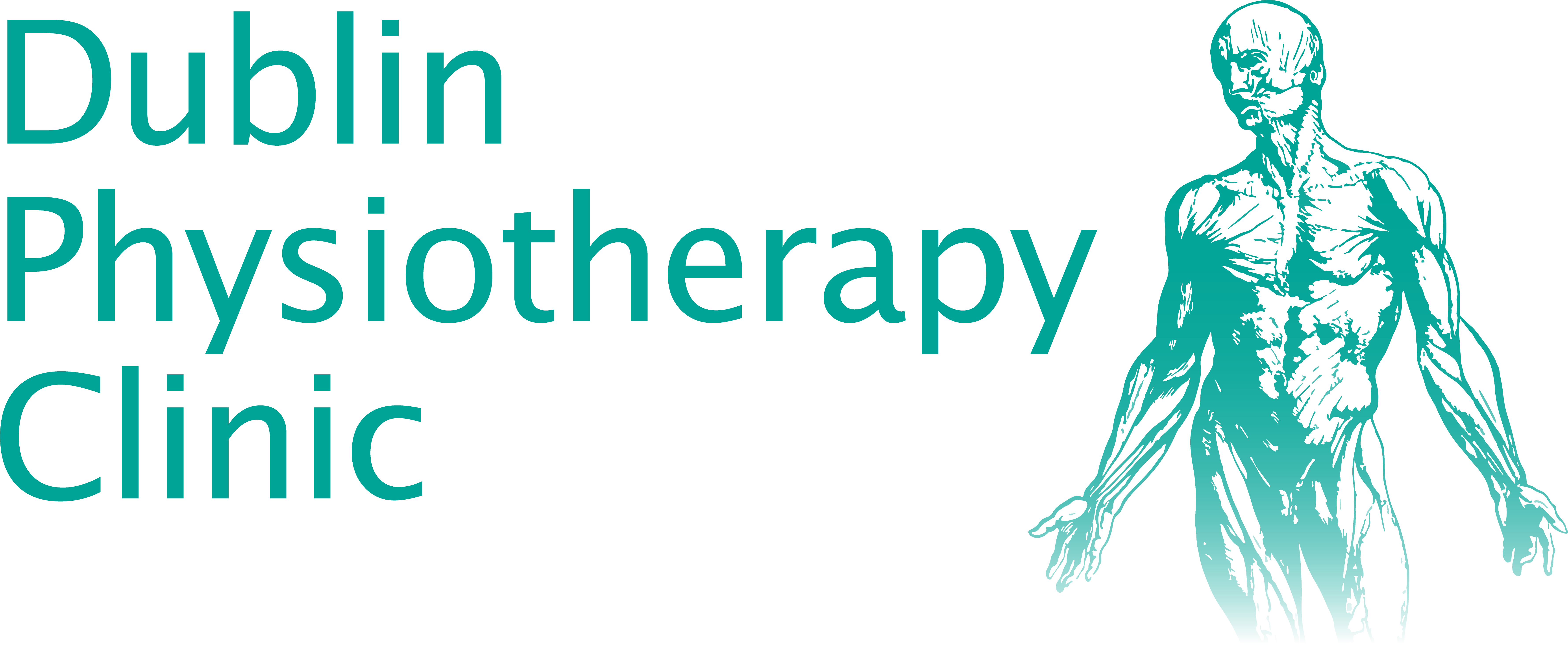The lower back is crucial in offering support to the upper body as well as enabling movements such as twisting and bending. Muscles within the lower back areas help in rotating and flexing the hips when you are walking. Lower back pains can vary in intensity. Some pains may be mild while other pains can be acute and debilitating. However, in this article, we look at the two major causes of lower back pains.
Extrinsic Factors
Extrinsic factors are the external factors that occur outside the body, otherwise known as environmental factors. These factors impact the body in a way that causes harm through impacting the spine. Accidental situations such as falling while playing may result in extrinsic injuries when the spine is impacted.
The extent of damage that occurs may vary and can be determined through factors such as the angle of falling.
Intrinsic Factors
These factors are less obvious in occurrence and are a result of a problem that develops gradually without any type of dramatic history. Due to the gradual rate of development of intrinsic injuries, they often seem less serious and most people cannot report a specific incident that caused the problem. They do not have a specific onset of symptoms but they develop slowly over time. Gradually they progress over time until the symptoms become more severe.
Identifying the underlying cause of an intrinsic injury is essential to prevent a recurrence. This is a pitfall for an inexperienced clinician, as they will end up treating the symptoms without identifying the root cause of the problem.
There are many causes of intrinsic lower back pain. However, the common ones are:
- Postural joint stiffness around the lumbar, spine and pelvis,
- Tight muscles which can distort movement,
- Lack of muscle control, which could also create vulnerability to other injuries during normal daily movements
Sometimes, people will describe a specific incident that causes their symptoms. In this sense, there is a clear onset of symptoms. However, the incident described can be an activity that should not cause any problems on normal occasions (such as bending). This is a classic scenario and during the clinic, people report their pain occurs when they bend down to put their shoes on, or to pull a plug out of the socket. Although a patient describes bending as the cause of the pain, the reality is that such a movement should not cause damage to tissues if they are healthy and functioning normally.
How to Identify the Cause of Pain
To identify the mechanisms of the injury, it requires that we dig deeper to understand why that particular area is experiencing vulnerability. This is a key element in prescribing a preventive program. Often, people with lower back pain problems are advised not to bend. While this may be important in acute scenarios, it is no practical for leaving a normal life. You will need to bend when getting in and out of bed, on and off the chair, etc.
For us at Dublin Physiotherapy Clinic, rehabilitation of forwarding bending is a critical element in managing lower back pains. However, most clinics avoid this process. There may be exceptions such as during advanced degenerative change, or multilevel disc changes where the spine cannot tolerate this rehabilitation. However, your physiotherapist should attempt to treat this.
Summarily, intrinsic injuries happen when something goes wrong with the movement system. This could be due to a lack of strength, flexibility, and control, leading to a slow and gradual system breakdown. Of course, there are subdivisions within the two main categories of lower back pain causes. In the intrinsic injuries category, injuries can be caused by new use, dis-use, abuse or over-use. On the other hand, extrinsic injuries happen because of external factors that you can’t possibly manage, such as falling.
Sources
http://citeseerx.ist.psu.edu/viewdoc/download?doi=10.1.1.894.5960&rep=rep1&type=pdf





